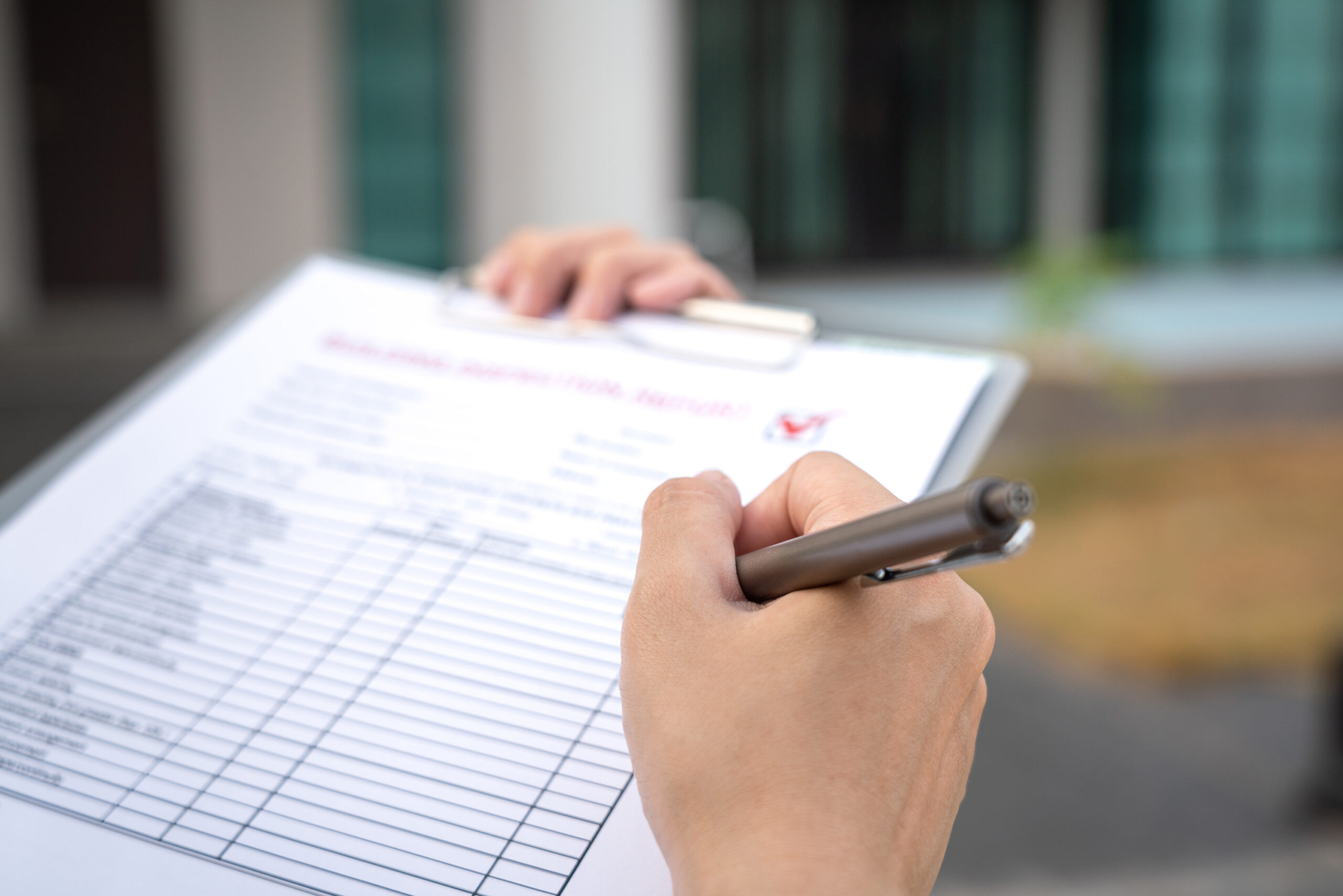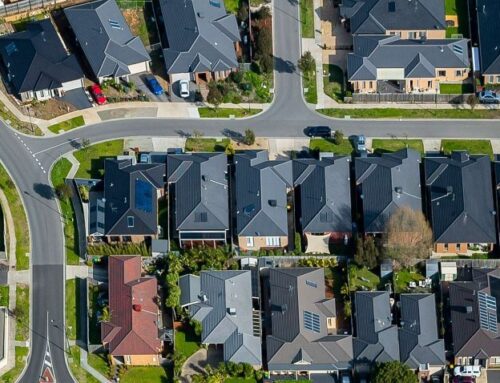The Pre-Settlement Inspection Checklist That Can Save You Thousands on Repairs
Before settlement, all buyers in WA are entitled to a tour of the purchased property to ensure that it is in the same condition as expected when the contract was signed. This pre-settlement inspection is typically arranged in the final week before settlement and provides buyers with the opportunity to confirm that any agreed-upon repairs have been completed and no new issues have arisen since their last inspection. sett
Despite this being an important step in the process, many buyers overlook key details that could save them significant time and money, but with the right guidance, you don’t have to.
At Strategic Settlements, we have over 115 years of combined experience in Perth property settlements and have guided countless clients on exactly what to look for during this inspection. In this article, we share that expertise with you through a comprehensive checklist to help you approach your pre-settlement inspection with confidence.
The Crucial Most Know Details for Your Pre-Settlement Inspection
Why You Shouldn’t Skip the Final Inspection
The final inspection is a buyer’s last opportunity to confirm the property is in the agreed-upon condition before settlement takes place. Taking the time to inspect thoroughly ensures any problems are addressed before funds are transferred, protecting you from unnecessary costs and settlement complications.
When to Organise the Final Inspection
The final inspection is usually held within the week before settlement, allowing time to address any issues. If you feel uncertain, your Perth settlement agent can advise on the best timing.
Who Can Inspect the Property?
In Western Australia, the buyer usually attends the final inspection, often accompanied by their real estate agent. If the buyer cannot attend, they can authorise a trusted representative to inspect on their behalf.
Our Comprehensive Pre-Settlement Checklist ✓
Our room-by-room checklist guides you through each area of the property, helping to ensure that all agreed-upon conditions are met before you take ownership.
Exterior ↓
- All external structures (garage, carport, sheds, fences) are as expected and as per the contract.
- Check roof, gutters, downpipes, and drainage outlets for visible damage or leaks.
- Inspect guttering and confirm soak wells are in good condition.
- Ensure gardens, lawns, landscaping, and any reticulation systems are maintained and functioning (ask where sprinklers and solenoids are located).
- Inspect driveways, paths, and paving for cracks or damage.
- Confirm outdoor lighting and external power points are working.
- Test gates, exterior doors, and locks for smooth operation and security.
- Check for pests or signs of pest damage (droppings, nests, chewed materials).
Pool & Spa (if applicable) ↓
- Check filters, cleaning equipment, and pumps are operational.
- Inspect for visible damage or leaks.
- Confirm fencing complies with WA safety standards (not obviously dangerous or unsafe).
Interior ↓
While visiting each room in the interior of the home, keep an eye out for the following:
- Walls, ceilings, and floors are free from new damage (e.g., cracks, stains, holes).
- Check carpets and flooring for new stains, cracked tiles, or damaged floorboards.
- Check all doors, handles, locks, and latches operate properly.
- Inspect all windows and glass for cracks or breaks, and test that locks and latches work.
- Confirm curtains, blinds, and any other window treatments are present, secure, clean, and functional.
- Ensure all rubbish and belongings have been removed if agreed upon, including sheds, under the house, cupboards, and wardrobes.
- Confirm the property is generally clean, tidy, and free from additional damage since the last inspection.
Lights, Electronics & Fixtures ↓
- Test every light switch in each room.
- Test built-in electronics such as CCTV, intercoms, and in-room speakers.
- Test all power points using a phone charger or small appliance.
- Check exhaust fans in bathrooms, kitchen, and toilets are working.
- Verify ceiling fans operate safely.
Kitchen ↓
- Test all fixed appliances (oven, cooktop, rangehood, dishwasher) for proper function.
- Check sinks and taps for leaks and water pressure.
- Ensure cabinetry, drawers, and benches are intact and functional.
Bathrooms & Laundry ↓
- Test showers, baths, basins, and toilets for leaks and drainage.
- Check mirrors, cabinetry, and towel rails are secure and undamaged.
- Confirm exhaust fans are in working conditions.
Plumbing ↓
- Turn on every tap to ensure normal operation and water pressure.
- Check drains are clear and free-flowing.
- For septic systems, confirm they are in working condition and locate the tanks.
Hot Water System ↓
- Test hot water by running hot taps and showers.
- If solar, locate the booster switch and confirm operation.
Heating, Cooling & Other Systems ↓
- Test all heaters, air conditioners, and remotes (if required).
- Check any included security systems, automated gates, or intercoms.
Repairs, Contract Conditions & Special Items ↓
- Confirm all agreed repairs or maintenance are completed to a good standard.
- Verify all inclusions and exclusions match the contract.
- Ensure any special conditions have been met (e.g., removal of structures, pest/soil reports, ending tenancy agreements, inclusion of specific items).
Final Steps ✓✓✓
- Take dated photos of any issues found.
- Report concerns immediately to your settlement agent following the pre-settlement inspection.
What to Bring to Your Pre-Settlement Inspection
Bringing the right tools and resources will help you spot issues quickly and make sure nothing is overlooked. Here’s what we recommend:
- Contract of sale – So you can cross-reference inclusions, exclusions, and any agreed repairs or special conditions.
- Camera or smartphone – To take dated photos of any issues you find for evidence.
- A second pair of eyes – Bring a family member or friend to help spot things you might miss.
- Phone charger or small electrical device – To test that power points are working in every room.
- Notepad and pen – For jotting down notes, measurements, or questions to raise with your settlement agent.
- Keys or access codes – If already provided, ensure you can open all areas, including sheds and garages.
- Pool or spa testing kit – If applicable, to quickly check water quality and equipment function.
- Checklist – A printed copy of your pre-settlement inspection checklist to tick off items as you go.
What to Do if You Find an Issue
If you discover damage or defects during your final inspection, raise them with your settlement agent immediately. In most cases, the seller is only responsible for addressing new damage or ensuring any agreed-upon repairs and inclusions are as stated in the contract.
Pre-existing wear and tear, or structural issues not covered in the contract, generally cannot be claimed at this stage. We still recommend alerting your settlement agent to any newly found concerns you have so they can advise on what can and cannot be negotiated.
Make Your Pre-Settlement Inspection Stress-Free
Armed with everything you need to complete a thorough pre-settlement inspection, the next step is ensuring that anything you find can be addressed quickly and efficiently.
In the crucial period between the pre-settlement inspection and the settlement date, it’s important to have the right Perth settlement agent on your side. At Strategic Settlements, we use our 115+ years of combined experience to resolve concerns quickly, negotiate fair outcomes, and keep your settlement on track. Backed by our on-time guarantee, you can trust us to keep things moving smoothly.
Contact us today for a quote or to discuss your upcoming settlement.




